 |
 |
 |
 |
 |
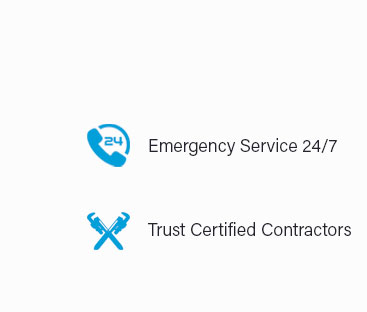 |
 |
 |
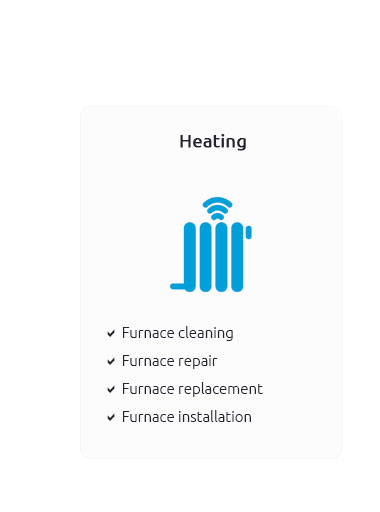 |
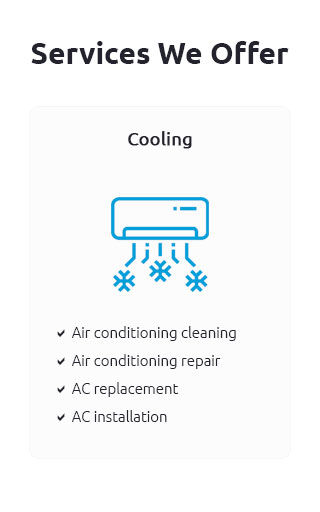 |
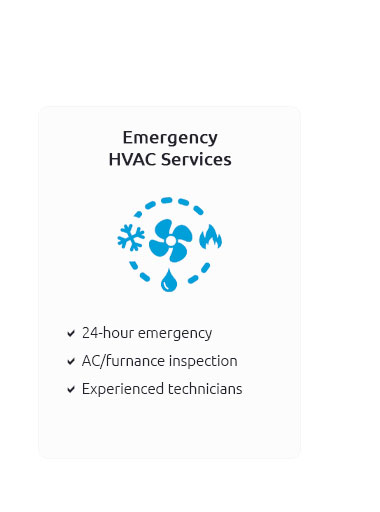 |
 |
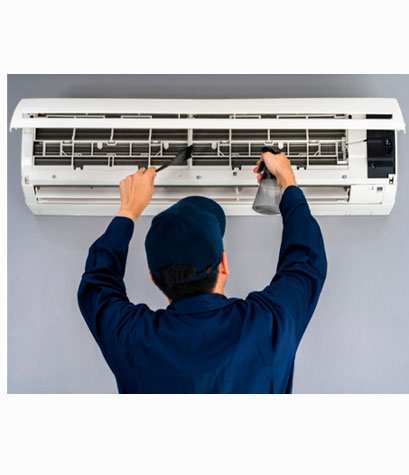 |
 |
 |
 |
HVAC Testing and Balancing: Essential Practices for Optimal PerformanceUnderstanding HVAC Testing and BalancingHVAC testing and balancing are critical processes that ensure heating, ventilation, and air conditioning systems operate efficiently. By carefully measuring and adjusting airflow, technicians can enhance comfort and reduce energy costs. Key Components of HVAC Testing
Benefits of Proper BalancingProper balancing improves energy efficiency, enhances comfort, and extends the life of HVAC systems. For businesses, seeking commercial air conditioning repair near me can help maintain these standards. Steps in the HVAC Testing and Balancing Process
Challenges in HVAC Testing and BalancingWhile essential, these processes can face challenges such as outdated equipment and incorrect initial installations. It's crucial to have skilled technicians handle the balancing to avoid these issues. Homeowners and businesses might look for ac repair near me el cajon to find expert assistance. Frequently Asked QuestionsWhat is the purpose of HVAC testing and balancing?HVAC testing and balancing ensure that a system operates efficiently by optimizing airflow, temperature, and pressure. This process enhances comfort, reduces energy costs, and prolongs system life. How often should HVAC systems be tested and balanced?It's recommended to test and balance HVAC systems during installation and after major changes. Regular maintenance checks should also include these procedures to ensure continued efficiency. https://www.nebb.org/disciplines/testing-adjusting-and-balancing/
Testing, Adjusting, and Balancing (TAB) is a vital process in the management and optimization of heating, ventilation, and air conditioning (HVAC) systems, ... https://en.wikipedia.org/wiki/Testing,_adjusting,_balancing
In heating, ventilation, and air conditioning (HVAC), testing, adjusting and balancing (TAB) are the three major steps used to achieve proper operation of ... https://www.nwesi.com/service/testing-adjusting-and-balancing-tab/
Testing, Adjusting, and Balancing (TAB) involves measuring and adjusting air and water flows to meet design requirements.
|